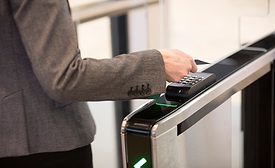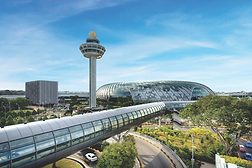Technologies & Solutions
Product Spotlight
Innovative security solutions on the market
Check out the latest innovative technology and products designed to reduce risk, tighten COVID-19 pandemic response, and enhance the value of safety and security within various sectors.
February 15, 2021
Best practices on integrating access control, biometrics with swing doors and security entrances
There needs to be a solid strategy to ensure security when using an electronic access control system (ACS) and secured entrance devices.
February 9, 2021
Sign-up to receive top management & result-driven techniques in the industry.
Join over 20,000+ industry leaders who receive our premium content.
SIGN UP TODAY!Copyright ©2024. All Rights Reserved BNP Media.
Design, CMS, Hosting & Web Development :: ePublishing










